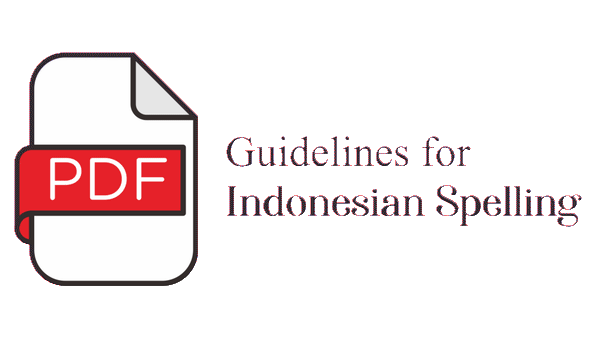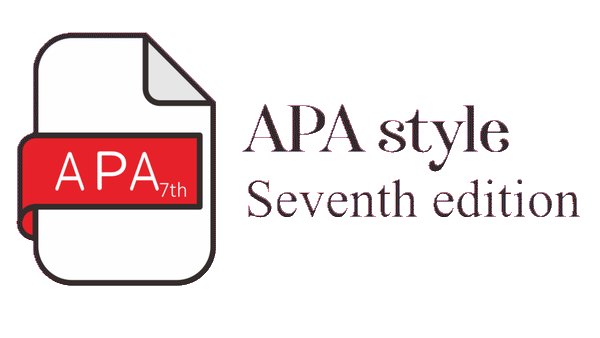ANALISA DAYA SAING RUMPUT LAUT DI INDONESIA (STUDI KASUS: KABUPATEN KONAWE SELATAN, SULAWESI TENGGARA)
Abstract
Penelitian ini bertujuan untuk menganalisis daya saing budidaya rumput laut di Kabupaten Konawe Selatan, Sulawesi Tenggara dan telah dilakukan pada bulan September 2011. Metode analisis penelitian
ini menggunakan Policy Analysis Matrix (PAM), dengan menggunakan data rumput laut dari Kabupaten Lombok Timur untuk memperoleh nilai ekonomi (harga sosial). Nilai Domestic Resource Cost Ratio (DRCR) sebesar 0,98 menunjukkan bahwa usaha rumput laut di Kabupaten Konawe Selatan memiliki keunggulan komparatif dan daya saing lebih besar dibandingkan dengan usaha rumput laut di Kabupaten Lombok
Timur. Sebaliknya, nilai Tradable Resource Cost Ratio (TRCR) sebesar 1,38 menunjukan kurang mampu bersaing dengan usaha budidaya rumput laut di Kabupaten Lombok Timur. Peningkatan daya saing rumput laut di Kabupaten Konawe Selatan dapat dilakukan melalui kebijakan penurunan harga satuan bibit dan bahan bakar minyak (BBM) secara bersama-sama sebesar 28% serta kebijakan peningkatan harga satuan tenaga kerja upahan dan depresiasi aset produksi secara keseluruhan sebesar 4%.
Tittle:Competitiveness of Seaweed Commodity in Indonesia (Case Study: South Konawe Regent, South-East Sulawesi)
The study aims to analyze the competitiveness of seaweed farming South Konawe regency, SouthEast Sulawesi was conducted in September
2011. Analysis methods of this research using the Policy Analysis Matrix (PAM) using economic value (social prices) data which is collect from the east Lombok seaweed. The value of Domestic Resource Cost Ratio (DRCR) (0.98) indicates that the seaweed business in South Konawe has a comparative advantage and more competitive than the seaweed in East Lombok. Contrarily, based on Tradable Resource Cost Ratio (TRCR) values (1.38) is less able to compete with the cultivation of seaweeds in East Lombok. The seaweed of South Konawe competitiveness should be improve by policy implementation of lowering the unit cost of seed and fuel oil (BBM) jointly by 28% and increase the unit cost of hired labor and depreciation of assets overall production by 4%.
Keywords
Full Text:
PDFDOI: http://dx.doi.org/10.15578/jsekp.v7i1.5735
Indexed by:
-------------------------------------------------------------------------------------
Published by
Research Center for Marine and Fisheries Socio-Economic
in collaboration with
Indonesian Marine and Fisheries Socio-Economics Research Network

This work is licensed under a Creative Commons Attribution-NonCommercial-ShareAlike 4.0 International License.


















